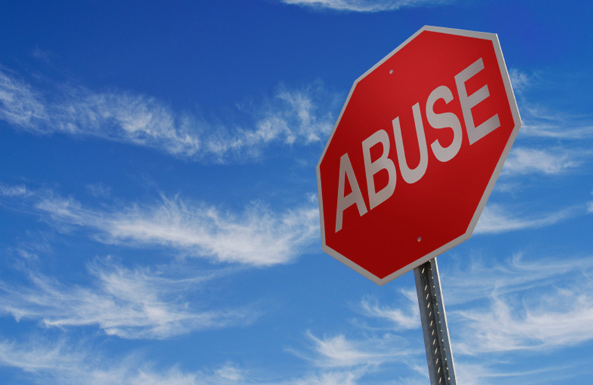For 17 years, the National Coalition of Anti-Violence Programs (NCAVP) has been collecting data on domestic violence in LGBT communities. They started in 1997 with a report that was the first-ever look at intimate partner violence among LGBT couples. It was an important intervention in the domestic violence movement largely defined by the ways that cisgender men physically or emotionally abused their wives.
-
LGBTQ people of color were more likely to report experiencing physical violence, discrimination, threats or intimidation, and harassment as a result of intimate partner violence.
- LGBTQ and HIV-affected people of color were more likely to experience incidents of intimate partner violence in streets or public spaces.
- Bisexual survivors were 1.6 times more likely to experience sexual violence and 2.2 times more likely to experience physical violence as a result of intimate partner violence.
- Transgender people of color were 2.6 times more likely to experience discrimination within intimate partner violence.
-
Transgender survivors were 2.5 times more likely to experience incidents of intimate partner violence in public spaces.
- More than eight percent of reported victims were undocumented (of the more than 83 percent who disclosed their immigration status).
Osman Ahmed, one of the report’s authors, told me by phone that "how you identify is an important factor in terms of how abuse can happen [because] your identity can be used against you within intimate partner violence."
